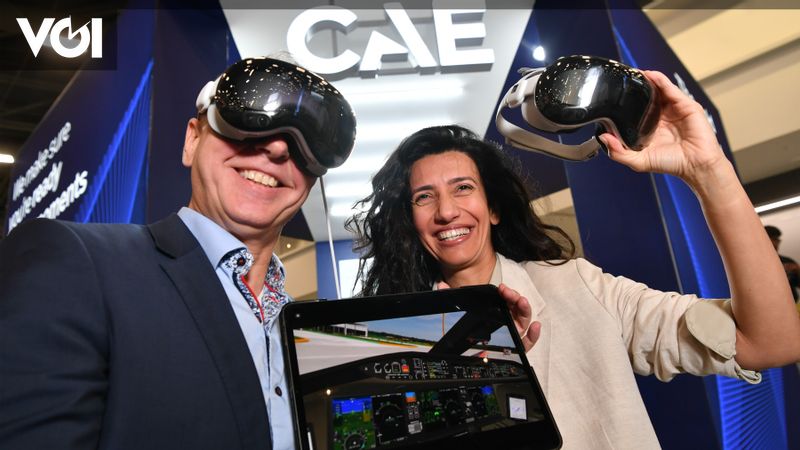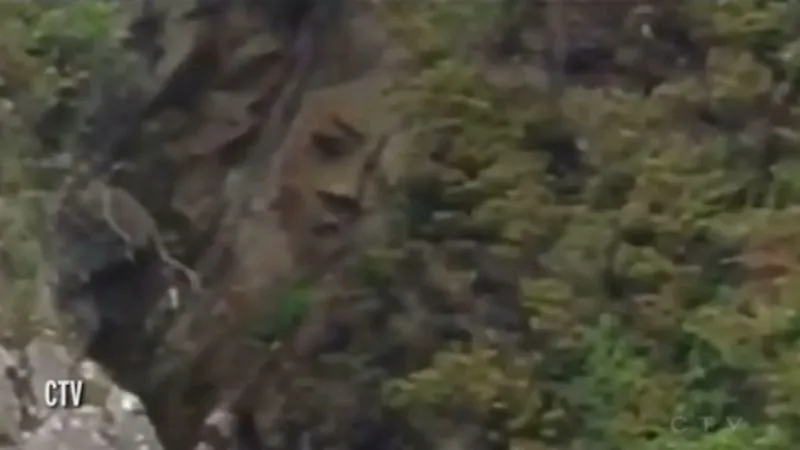THE TRAGEDY The Titanic is one of the most heartbreaking tragedies in history. The Titanic, which was the largest ship of its time, had to sink on its maiden voyage.
The luxury liner sank after colliding with an iceberg on its maiden voyage from Southampton, England to New York in April 1912, killing more than 1,500 people.
The sinking of the Titanic which would have struck an iceberg remains a mystery. The wreck has been explored extensively since its discovery in 1985 some 650 kilometers (400 miles) off the coast of Canada, but cameras have never been able to capture the entire vessel.
But, as technology advances, the first full-size 3D scan of the Titanic wreck could reveal more details about the liner’s ill-fated journey across the Atlantic more than a century ago.
The high-resolution images, released by the BBC, reconstruct in great detail the wreck lying nearly 4,000 meters deep and was created using deep-sea mapping. Reconstruction is scheduled for 2022 by deep-sea mapping company Magellan Ltd and Atlantic Productions, who made a documentary about the project.
The specialist vessel’s remote-controlled submarine spent more than 200 hours observing the wreckage on the Atlantic floor, taking more than 700,000 images to complete the scan. Magellan’s Gerhard Seiffert, who led the planning for the expedition, told the BBC they weren’t allowed to touch anything so as not to damage the wreckage.
Follow Okezone News on Google News
The content below is presented by the Advertiser. Okezone.com journalists are not involved in this content.

“Travel nerd. Social media evangelist. Zombie junkie. Total creator. Avid webaholic. Friend of animals everywhere. Future teen idol.”


:strip_icc():format(jpeg)/kly-media-production/medias/3387188/original/007486800_1614303448-banner__1_.jpg)



